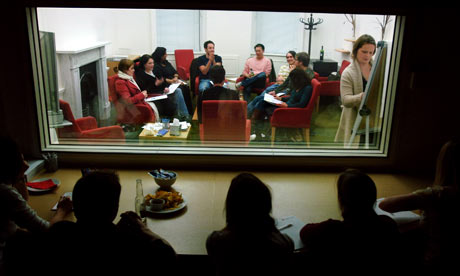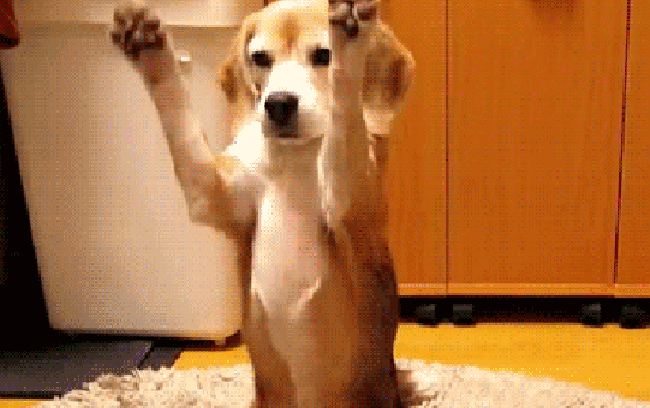What Exactly Is The 'President's Daily Brief' And Why Is It Important?
Prediction: As part of larger NPR series "Trumps First 100 Days", I'm predicting that this article may take a more critical stance on Trump's attitude towards his daily briefings. Also, this picture is a key feature in this headline because it's been part of a firestorm of Trump memes of late that have definitely taken a negative tone.

